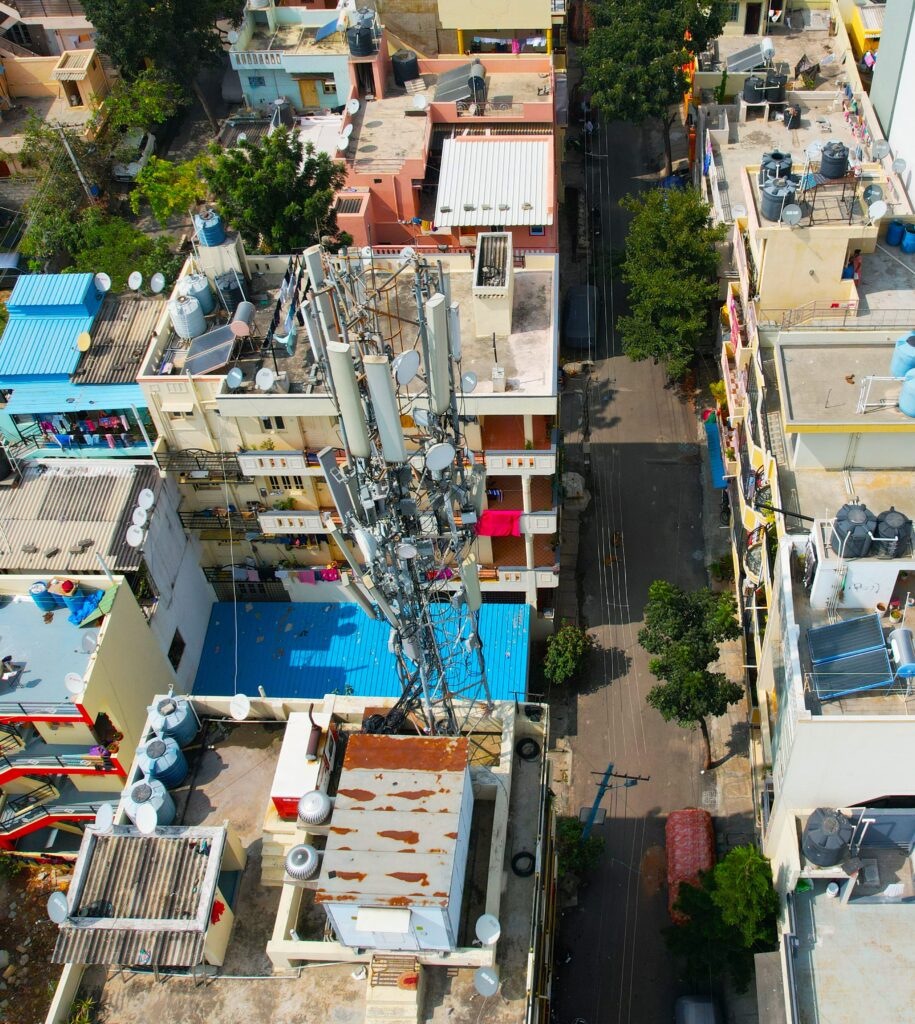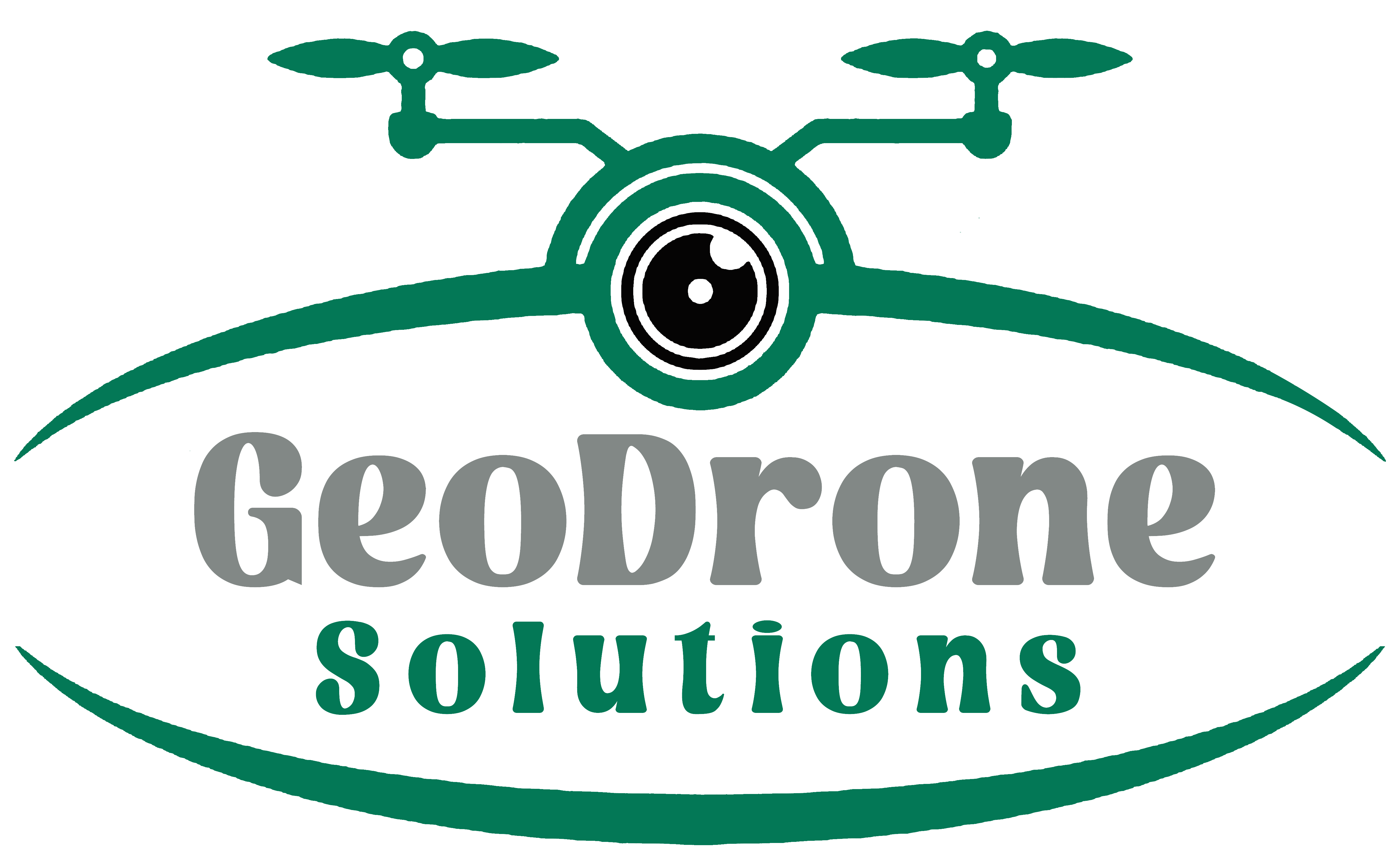Telecom Tower

“Connecting Beyond Boundaries: Drones Empowering Telecom Excellence.”
The application of drones in the telecom sector holds significant advantages, contributing to improved infrastructure management, network maintenance, and overall operational efficiency. Here are key aspects highlighting the significance of drone technology in the telecom industry:
Infrastructure Inspection:
Drones can conduct aerial inspections of cell towers and other telecom infrastructure, capturing high-resolution images and data. This aids in identifying issues such as structural defects, equipment malfunctions, or the need for maintenance.
Quick Site Surveys:
Drones can rapidly survey potential sites for new cell towers or assess the feasibility of tower upgrades. This accelerates the site selection process and supports efficient network expansion.
Tower Climbing Safety:
Drones reduce the need for manual tower climbing inspections, minimizing safety risks for maintenance personnel. They can reach heights and access locations that may be challenging or dangerous for human inspection.
Antenna Alignment and Optimization:
Drones equipped with specialized sensors can optimize antenna alignment and configuration. This ensures that telecom infrastructure operates at peak efficiency, enhancing network performance and coverage.
Network Planning and Design:
Drones provide valuable data for network planning, helping telecom operators design and optimize network layouts. This includes assessing signal coverage, identifying interference, and planning for optimal placement of equipment.
Emergency Response and Disaster Recovery:
Drones can be deployed during emergencies, such as natural disasters or network outages, to assess damage and guide emergency response efforts. They provide real-time situational awareness, aiding in quick decision-making.
Environmental Monitoring:
Drones can monitor the environmental conditions around telecom infrastructure, such as vegetation growth or weather-related impacts. This information supports proactive maintenance and ensures the reliability of network operations.
Asset Management:
Drones assist in inventorying and managing telecom assets, including antennas, cables, and other equipment. This data facilitates maintenance planning, lifecycle management, and compliance with regulations.
Interference Detection:
Drones equipped with spectrum analyzers can detect and identify sources of interference in the radio frequency spectrum. This capability helps in optimizing network performance and addressing connectivity issues.
Cost Efficiency:
Drones contribute to cost efficiency by reducing the time and resources required for inspections, surveys, and maintenance activities. They enable telecom operators to identify and address issues quickly, minimizing operational costs.
Remote Sensing in Challenging Environments:
Drones can access remote or difficult-to-reach locations, providing a comprehensive view of the entire telecom network. This is particularly beneficial for inspecting towers in rural or challenging terrains.
Rapid Deployment for Network Upgrades:
Drones enable quick and efficient assessments of existing infrastructure for upgrades or modifications. This supports rapid deployment of new technologies and ensures the timely implementation of network improvements.
In summary, the significance of drone applications in the telecom sector lies in their ability to enhance efficiency, safety, and overall network management. Drones provide valuable insights, improve maintenance practices, and contribute to the resilience and reliability of telecom infrastructure.
